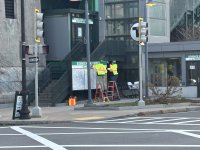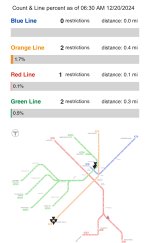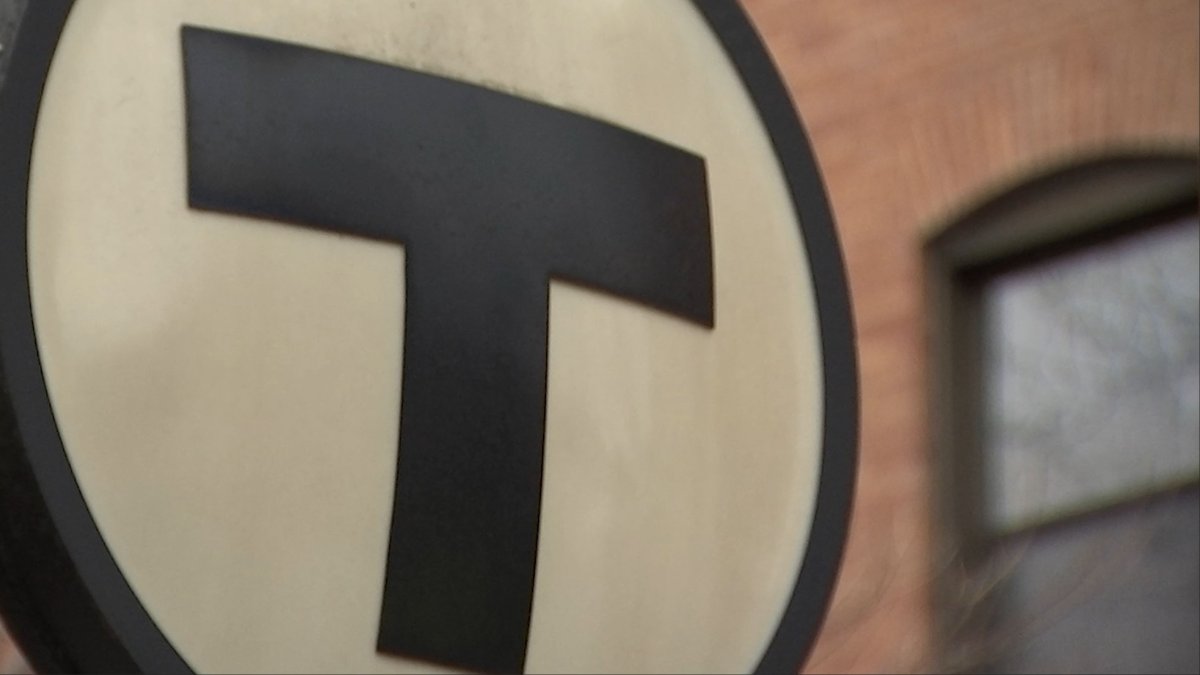Delvin4519
Active Member
- Joined
- Oct 8, 2022
- Messages
- 884
- Reaction score
- 1,536
Yes, and the same goes for Somerville, Charlestown, and Malden.Yeah - I like BNR in concept, but, in implementation it's still the same old T, even under Eng (who is a railroad man through and through): robbing Paul to pay Peter. It's 1982s-era MBTA with modernized communications using appeals of "bus network has largely been unchanged since the Bery-era" (even if that's kind of a lie).
I have to say - the 83 being an hourly bus route to the largest concentration of poorer families in Cambridge doesn't seem to look good for equity but the T has never seemingly looked at things that deeply looking only to analyze at the system level.
Although, one thing to note, that it's generally better to have the fewest number of bus routes as possible per corridor, running in as straight of a line as possible, to maximize frequency. Plus, fewer routes with high frequencies concentrated in denser areas is better for maintaining ridership, than having lots of routes expanding outwards.
I've heard somewhere that the 90 is being rerouted to Washington St. by 2026. That would leave 3 bus routes on Washington which would result in massive frequency decreases west of East Somerville if routes like the 83, 91, 88, and 90 aren't consolidated.
Last edited:







